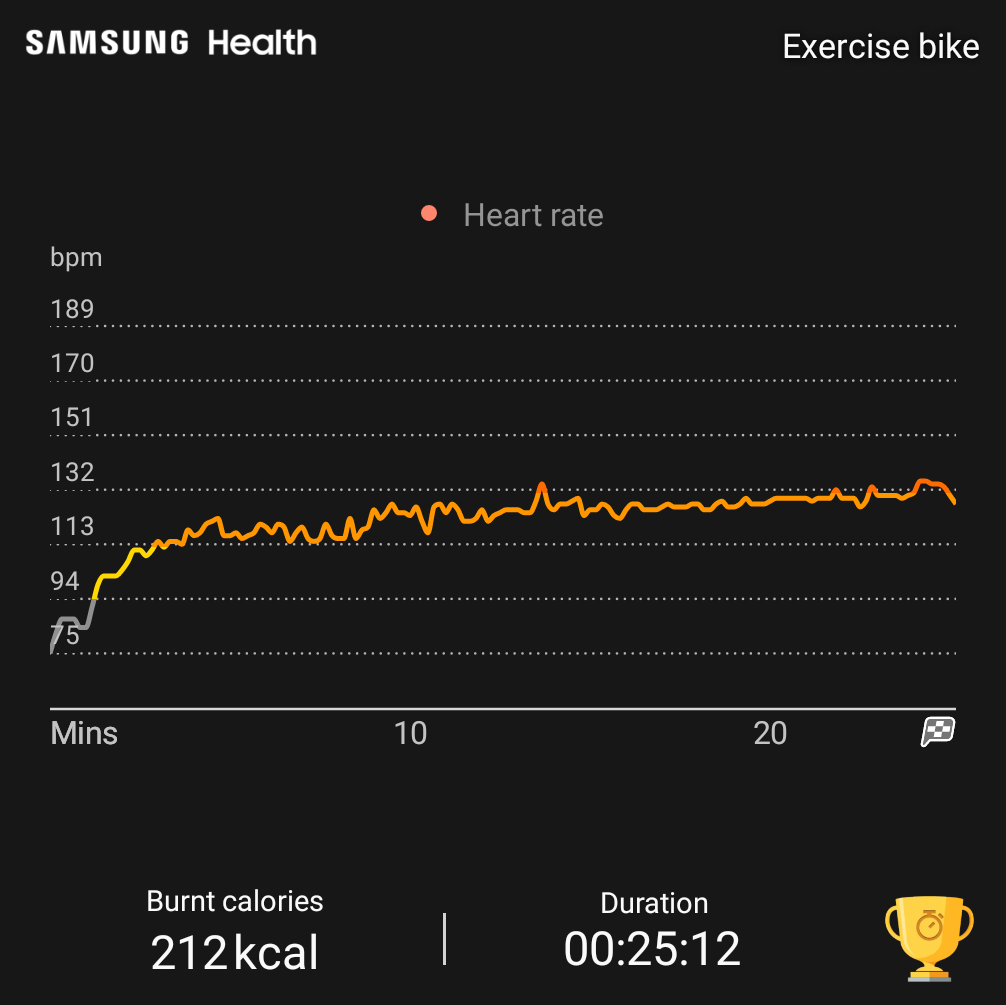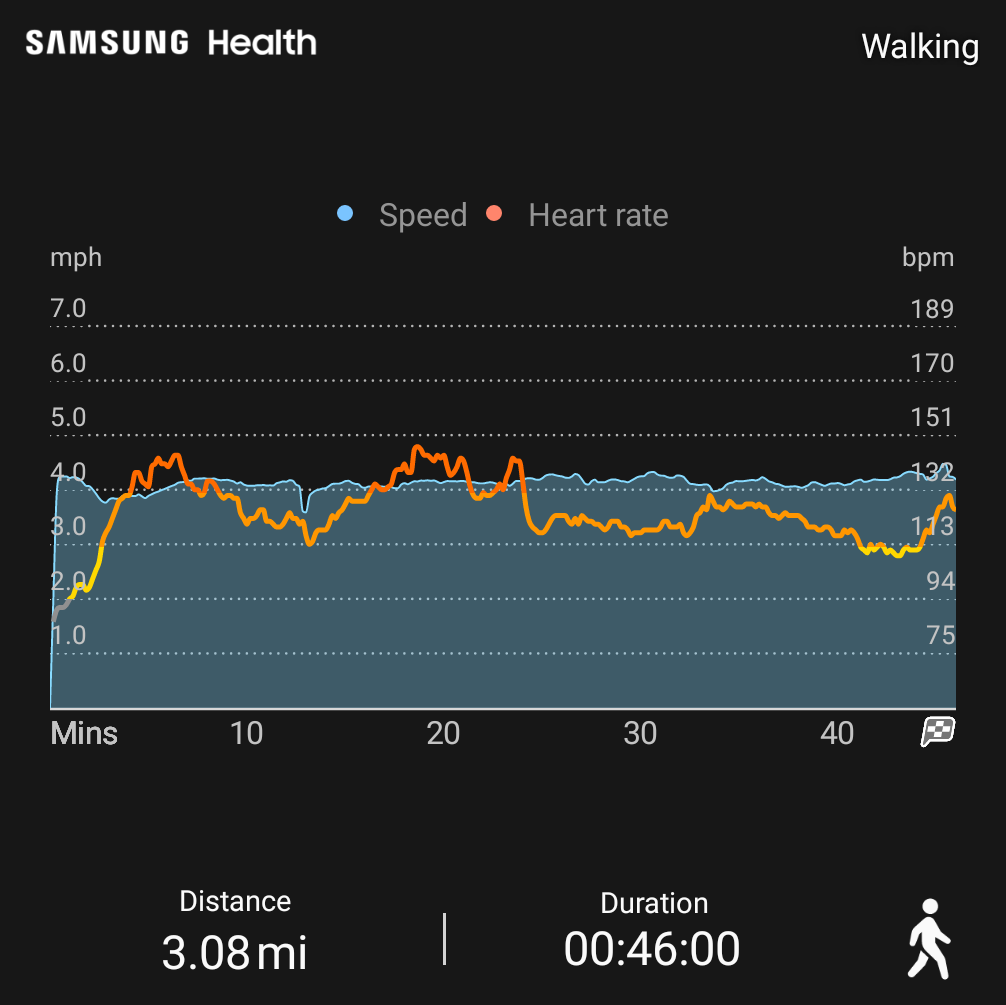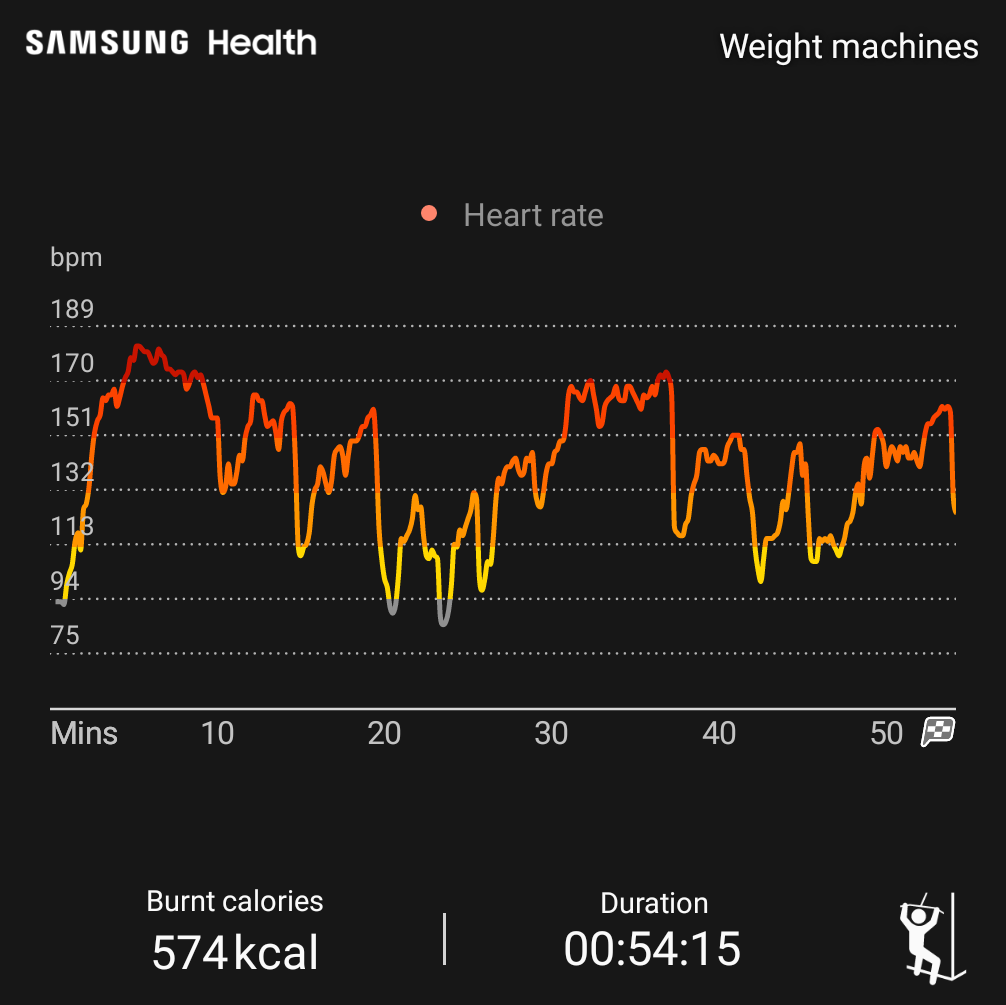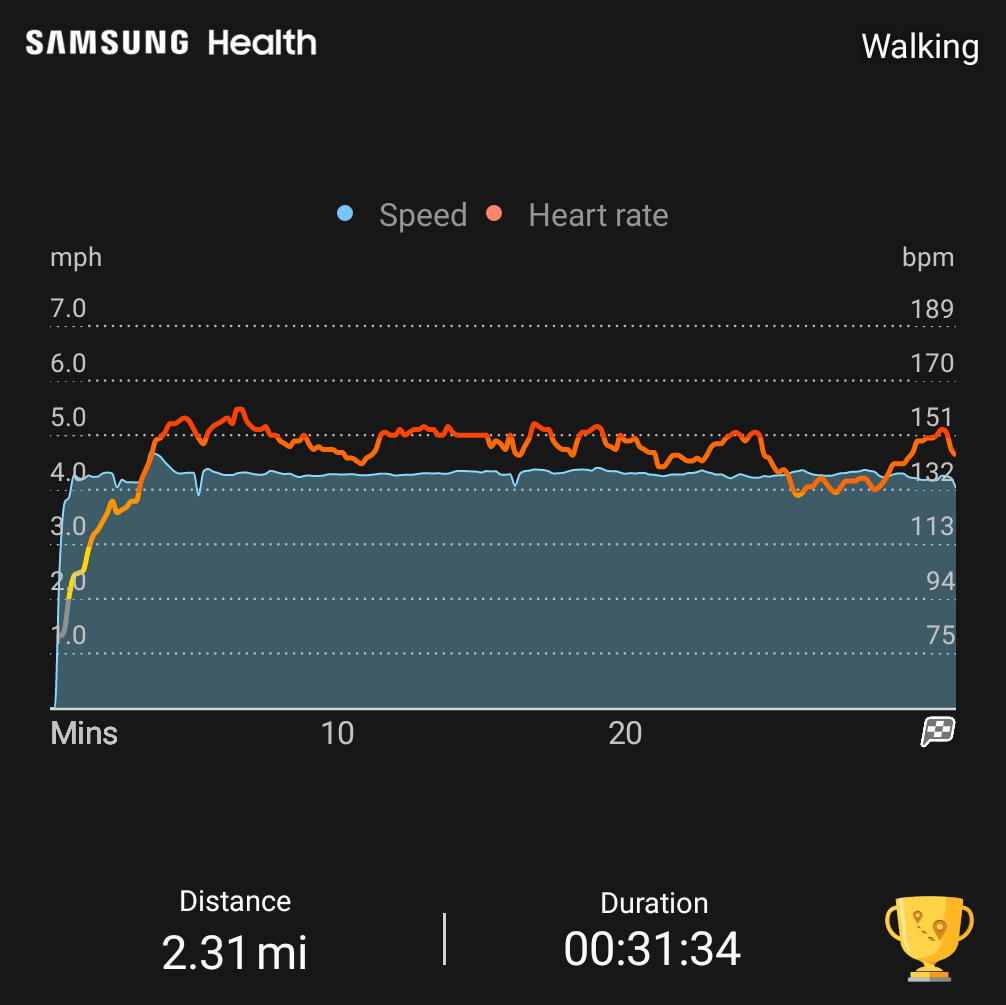Weight Training The Heart Muscle
Positive heart-health promoting exercises generally fall under the banner of cardio, which can be broken into 2 main forms; HIIT (high intensity interval training) and LISS (low intensity steady state). Both have their place, and arguably neither is superior to the other. Resistance training, can be overlooked in this regard, but it too can have a significant influence.
HIIT
I use a simple and free app called Interval Timer that's available on Android and iOS. A single weekly session consists of a low intensity interval of 100 seconds followed by a high intensity interval of 20 seconds that's repeated for 8 cycles. Those 3 numbers can be tweaked to provide progression if required. I use a stationary bike for this, but have used an elliptical cross trainer in the past, and a rowing machine would also work well.
I make sure any HIIT sessions I perform are at least 2 days away from a squat or deadlift workout, to minimize any impact there, as my legs feel like jelly stepping off the bike.
You can see the high and low peaks in the below heart rate chart that line up with the cycles of the HIIT session, with a steady rise to >132bpm, for ~50% of the time spent in this aerobic zone.

LISS
Walking is regularly dismissed as an appropriate form of cardio, but it's the staple of my routine. Not only is it joint friendly, it has minimal impact on weight training, but it's also cathartic getting out into the fresh air, rain or shine - my mood worsens if I miss a walk or two.
I walk briskly, at ~4mph, doing a 3 mile walk 3 or 4 times a week on non-lifting days, burning ~400kcal.
This chart has an average heart rate of 123bpm with a maximum of 147bpm, with ~24% in the aerobic zone. To be fair, the area I walk is pretty hilly, so this may indeed be "hiking", with the rise and fall in heart rate mapped to the elevation of the route.

Weight Training
Weight training has a somewhat surprising impact on heart rate. A set with a low number of reps (3-5) can be performed in 20-30 seconds, and this will be followed by a rest period of 90-120 seconds - which sounds an awful lot like HIIT.
The chart below is similar to the HIIT chart above, only with exaggerated peaks as the average heart rate is 140bpm with a high of 182bpm, for a much wider range. Here 29% of the workout is spent in the aerobic zone, but this time the anaerobic zone is also reached for 28% of the time.

Combined Workouts
Some weeks when pressed for time, I might combine a weight training workout with a walk to free up a day (that may or may not end up being used for a visit to the pub!). In these instances, the walk will be shortened to 2 miles and performed immediately after weight training.
Notice that the elevated heart rate of the weight training session is carried forward for the duration of the walk. So, instead of a walk peaking in the 140s, here we get an average of 143bpm and a maximum of 160bpm, with 54% in the aerobic zone and 35% in the anaerobic zone, burning ~280kcal that's maybe 5% above a cold start.

Best of Both Worlds
It's clear from these charts that weight training can have a positive impact on heart health, that's better yet when combined with frequent cardio - strategically used cardio that improves weight training recovery, for the best of both worlds.
Barbell Medicine's General Physical Preparedness Guide has good further info on HIIT and LISS.